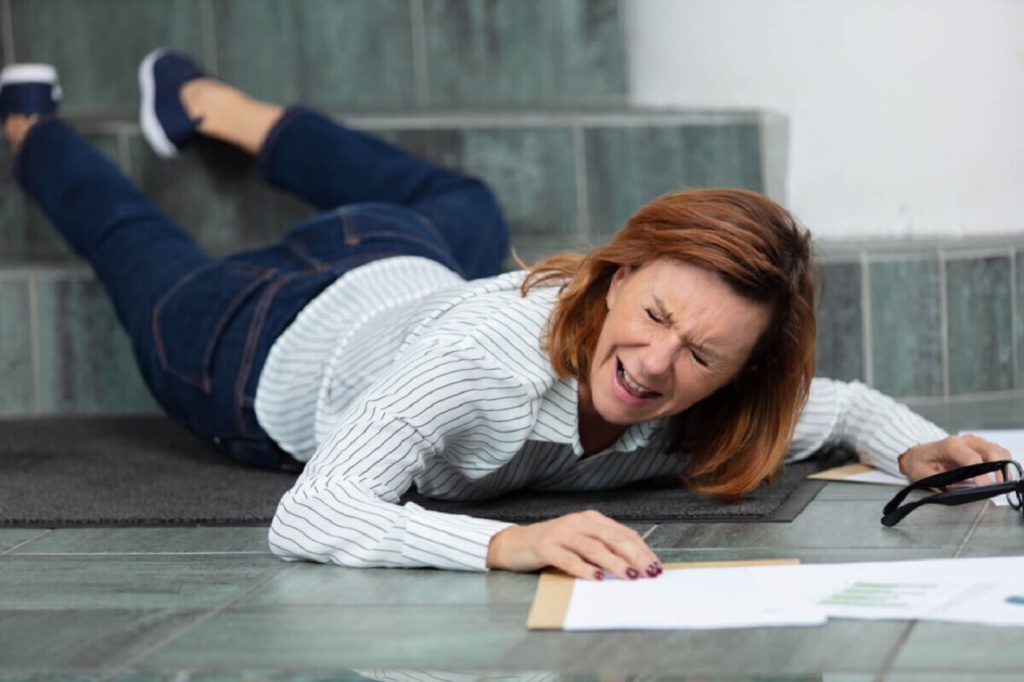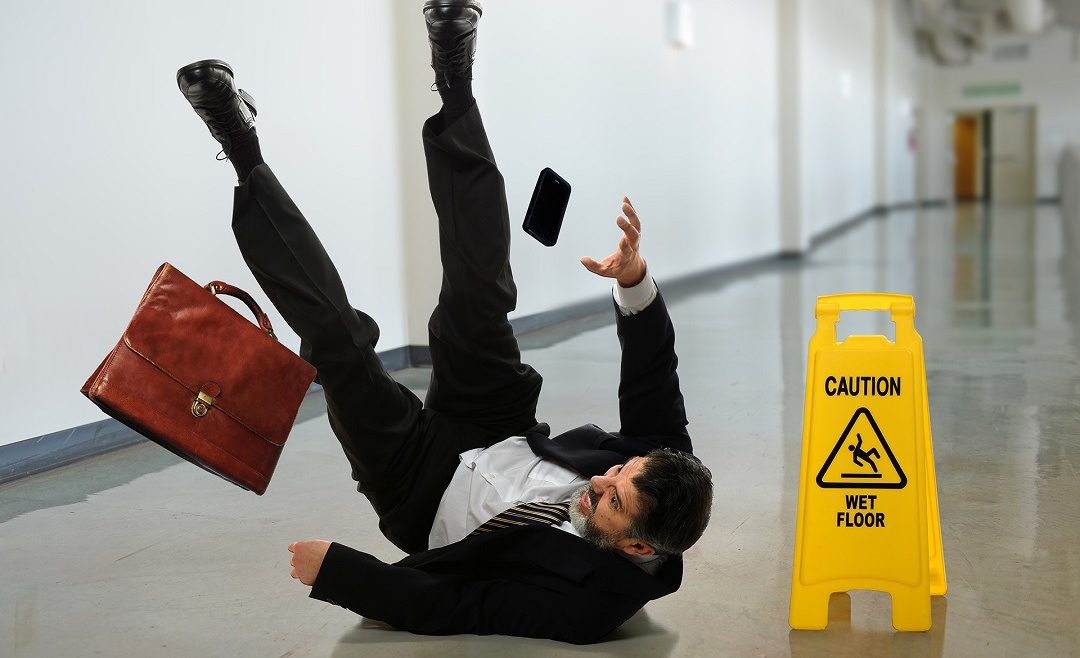As an employee, it is crucial to be aware of your rights in the workplace, particularly regarding safety and health regulations. The Occupational Safety and Health Administration (OSHA) sets forth standards that employers must adhere to in order to ensure a safe working environment. Employees have the right to work in conditions that do not pose a risk of serious harm.
This includes the right to report unsafe conditions without fear of retaliation. If you encounter hazardous situations, such as wet floors, exposed wires, or inadequate lighting, you have the right to bring these issues to your employer’s attention. Employers are legally obligated to address these concerns promptly.
Moreover, employees are entitled to receive training on workplace safety and to be informed about potential hazards associated with their jobs. This includes understanding the proper use of equipment and the protocols for reporting accidents or unsafe conditions. In many jurisdictions, employees also have the right to workers’ compensation benefits if they are injured on the job, which can cover medical expenses and lost wages.
Understanding these rights empowers employees to advocate for themselves and ensures that they can seek recourse if they are injured due to negligence or unsafe working conditions.
Key Takeaways
- As an employee, it is important to understand your rights, including the right to a safe work environment and the right to seek compensation for injuries sustained on the job.
- Determining liability for slip and fall accidents at work involves assessing whether the employer or another party is responsible for the hazardous conditions that led to the accident.
- After a slip and fall accident at work, it is crucial to seek medical attention, report the incident to your employer, and gather evidence to support your claim.
- The process of filing a lawsuit against your employer for a slip and fall accident involves gathering evidence, filing a complaint, and potentially going through mediation or trial.
- Before filing a lawsuit, it is important to consider factors such as the strength of your case, the potential costs and time involved, and the likelihood of reaching a favorable outcome.
- Seeking legal representation for your slip and fall case can help you navigate the legal process, negotiate with insurance companies, and advocate for your rights.
- Potential outcomes of suing your employer for a slip and fall accident include receiving compensation for medical expenses, lost wages, and pain and suffering.
- Alternatives to lawsuits for slip and fall accidents at work may include workers’ compensation claims, settlement negotiations, or alternative dispute resolution methods.
Determining Liability for Slip and Fall Accidents
Determining liability in slip and fall accidents can be complex, as it often involves assessing the circumstances surrounding the incident. Generally, liability hinges on whether the employer or property owner was negligent in maintaining a safe environment. For instance, if an employee slips on a wet floor that was not marked with warning signs or cleaned up in a timely manner, the employer may be held liable for failing to uphold safety standards.
The key factor is whether the employer knew or should have known about the hazardous condition and failed to take appropriate action. In some cases, liability may also extend beyond the employer to third parties, such as contractors or maintenance personnel responsible for maintaining the premises. For example, if a contractor was hired to repair a leaking roof but left debris on the floor that caused an employee to slip, that contractor could share liability for the accident.
Additionally, employees themselves may bear some responsibility if they were acting recklessly or ignoring safety protocols at the time of the incident. This comparative negligence can complicate liability determinations and may affect the amount of compensation an injured employee can receive.
Steps to Take After a Slip and Fall Accident at Work

If you experience a slip and fall accident at work, taking immediate and appropriate steps is essential for your health and any potential legal claims. First and foremost, seek medical attention if you are injured. Even if your injuries seem minor, it is crucial to get evaluated by a healthcare professional, as some injuries may not manifest symptoms immediately.
Documenting your injuries through medical records will be vital if you decide to pursue a claim later. After addressing your health needs, report the incident to your supervisor or human resources department as soon as possible. This report should include details about what happened, where it occurred, and any witnesses present at the time of the accident.
It is advisable to document this report in writing and keep a copy for your records. Additionally, take photographs of the accident scene if it is safe to do so; these images can serve as critical evidence in establishing liability later on. Collecting witness statements can also bolster your case by providing corroborating accounts of the incident.
The Process of Filing a Lawsuit Against Your Employer
Filing a lawsuit against your employer for a slip and fall accident involves several steps that require careful consideration and adherence to legal protocols. Initially, it is essential to consult with an attorney who specializes in personal injury or workers’ compensation law. They can help you understand your rights and evaluate whether you have a viable case based on the specifics of your situation.
Your attorney will guide you through gathering evidence, including medical records, accident reports, and witness statements. Once you decide to proceed with a lawsuit, your attorney will file a complaint in the appropriate court outlining your case against your employer. This document will detail the circumstances of your slip and fall accident, the injuries sustained, and the compensation sought.
After filing, your employer will have an opportunity to respond to the complaint, which may lead to a discovery phase where both parties exchange information relevant to the case. This process can be lengthy and may involve depositions where witnesses provide sworn testimony regarding the incident.
Factors to Consider Before Filing a Lawsuit
Before deciding to file a lawsuit against your employer for a slip and fall accident, several factors warrant careful consideration. One significant aspect is the potential impact on your employment relationship. Suing an employer can create tension in the workplace and may lead to retaliation or job loss, even if such actions are illegal.
It is essential to weigh whether pursuing legal action is worth jeopardizing your current position or future career prospects. Additionally, consider the strength of your case based on available evidence and witness accounts. If there is substantial proof of negligence on your employer’s part—such as documented safety violations or witness testimonies—your chances of success may be higher.
Conversely, if evidence suggests that you were partially at fault or that safety protocols were followed adequately, it may be prudent to explore alternative resolutions rather than pursuing litigation. The potential costs associated with legal proceedings should also be factored into your decision-making process; lawsuits can be expensive and time-consuming.
Seeking Legal Representation for Your Slip and Fall Case

Engaging legal representation is often a critical step when navigating a slip and fall case against an employer. An experienced attorney can provide invaluable guidance throughout the process, from evaluating your case’s merits to representing you in negotiations or court proceedings. They will understand local laws regarding workplace injuries and can help you navigate complex legal terminology and procedures that may be overwhelming for someone without legal training.
Moreover, an attorney can assist in gathering evidence necessary for building a strong case. This includes obtaining medical records, collecting witness statements, and securing expert opinions if needed. They can also negotiate with insurance companies on your behalf, ensuring that you receive fair compensation for your injuries without being taken advantage of during settlement discussions.
Having legal representation not only increases your chances of a favorable outcome but also alleviates some of the stress associated with pursuing a claim.
Potential Outcomes of Suing Your Employer for a Slip and Fall
The outcomes of suing your employer for a slip and fall accident can vary widely based on numerous factors, including the strength of your case, the willingness of both parties to negotiate, and the specific circumstances surrounding the incident. If successful in court or through settlement negotiations, you may receive compensation for medical expenses related to your injuries, lost wages due to time off work, pain and suffering damages, and any necessary rehabilitation costs. However, it is also possible that your case may not result in a favorable outcome.
If evidence suggests that you were partially responsible for the accident or that your employer took reasonable steps to maintain safety standards, you may not receive compensation at all. Additionally, if you are found to have exaggerated or fabricated claims regarding your injuries, this could lead to legal repercussions beyond just losing your case. Understanding these potential outcomes is crucial when deciding whether to pursue legal action against your employer.
Alternatives to Lawsuits for Slip and Fall Accidents at Work
While lawsuits are one avenue for seeking compensation after a slip and fall accident at work, there are several alternatives that may be more suitable depending on individual circumstances. One common alternative is pursuing workers’ compensation benefits directly through your employer’s insurance policy. Workers’ compensation is designed to provide financial support for employees injured on the job without requiring proof of negligence on the part of the employer.
This route can often lead to quicker resolutions compared to lengthy litigation processes. Another alternative is mediation or arbitration, which involves negotiating a settlement outside of court with the assistance of a neutral third party. These methods can be less adversarial than traditional lawsuits and may preserve working relationships between employees and employers.
Mediation allows both parties to discuss their perspectives openly while seeking common ground for resolution without escalating tensions further. Exploring these alternatives can provide effective means of addressing workplace injuries while minimizing potential fallout from litigation..
FAQs
What is a slip and fall accident?
A slip and fall accident occurs when a person slips, trips, or falls on someone else’s property due to hazardous conditions such as wet floors, uneven surfaces, or poor lighting.
Can I sue my employer for a slip and fall?
In some cases, you may be able to sue your employer for a slip and fall accident if the accident occurred due to their negligence in maintaining a safe work environment.
What are the requirements for suing my employer for a slip and fall?
To sue your employer for a slip and fall, you must be able to prove that they were negligent in maintaining a safe work environment, and that their negligence directly caused your accident and resulting injuries.
What should I do if I have a slip and fall accident at work?
If you have a slip and fall accident at work, it is important to report the accident to your employer and seek medical attention for any injuries. You should also gather evidence such as photos of the hazardous conditions that caused the accident.
What compensation can I receive from suing my employer for a slip and fall?
If you successfully sue your employer for a slip and fall, you may be able to receive compensation for medical expenses, lost wages, pain and suffering, and other damages related to the accident and your injuries.

